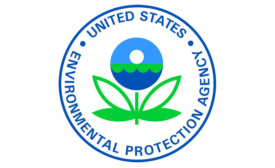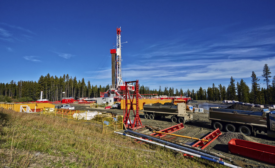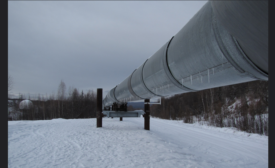Oil and Gas Industry Safety & Health
CSB wraps up investigation into 2009 blast at petroleum facility in Puerto Rico
Report finds inadequate management of gasoline storage tank overfill hazard
October 22, 2015
Three oil workers killed in west Texas rig fire
“A heartbreaking and senseless case”
September 15, 2015
Never miss the latest news and trends driving the safety industry
eNewsletter | Website | eMagazine
JOIN TODAYCopyright ©2024. All Rights Reserved BNP Media.
Design, CMS, Hosting & Web Development :: ePublishing









